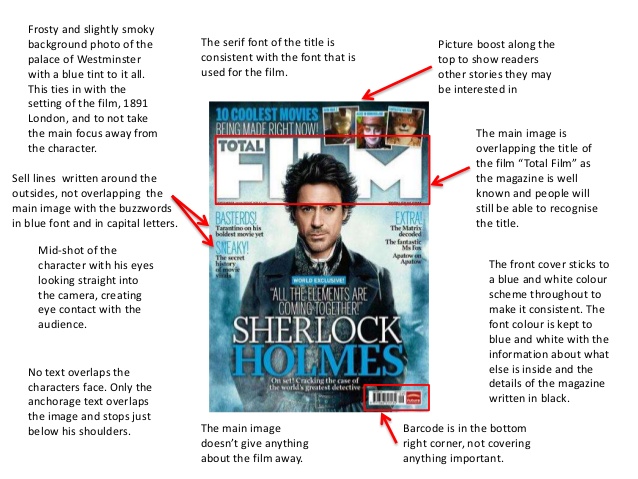
This site features two main forms of the textual analysis of popular culture artifacts: interpretive and content analysis.
Interpretive textual analyses include: semiotics, rhetorical analysis, ideological analysis, and psychoanalytic approaches, among many others. These types of analysis seek to get beneath the surface (denotative) meanings and examine more implicit (connotative) social meanings. These textual analysis approaches often view culture as a narrative or story-telling process in which particular "texts" or “cultural artifacts” (i.e., a pop song or a TV program) consciously or unconsciously link themselves to larger stories at play in the society. A key here is how texts create subject positions (identities) for those who use them.

Content analysis is a more quantitative approach that broadly surveys things like how many instances of violence occur on a typical evening of prime time TV viewing, or how many Asian American women appear in a day’s worth of TV commercials. This information, especially when linked to more qualitative kinds of analysis, can be very valuable in moving beyond the analyst’s always somewhat subjective observations.
Interpretive Textual Analysis
- Textual Analysis. Daniel Chandler’s excellent mass media site contains very useful introductions to a variety of types of interpretive textual analysis. It also includes a nice primer on how to analyze advertisements that can be a good introduction to actually doing textual analysis. Unfortunately, his site does not allow direct links, so to get to these pieces you must go to his general site and follow the file-folder markers to the relevant material.
Content Analysis
- Figures of Rhetoric in Advertising Language. An article by Edward F. McQuarrie and David Glen Mick.
- Gay/Lesbian/Bisexual TV Characters. A comprehensive list of characters and episodes in which they appear, by David Wyatt.
Bibliography
[Few topics on popular culture can be adequately researched on the web alone. These reading suggestions are designed as beginning points for further offline study.]
- Allen, Robert C. Speaking of Soap Operas. Chapel Hill: University of North Carolina Press, 1985.
- Excellent study of the production and consumption of daytime soap operas.
- Allen, Robert C., ed. Channels of Discourse Reassembled: Television and Contemporary Criticism. Chapel Hill: University of North Carolina Press, 1992.
- Introduces a variety of critical approaches to popular culture (semiotics, genre analysis, ideological analysis, etc.) through essays focusing on American television.
- Barthes, Roland. The Fashion System. London: Jonathan Cape, 1983.
- Classic, complicated study of how the world of high fashion industry uses “fabric texts” and words to create an abstract world of fashionableness that must at once always change and always stay the same.
- Gamson, Joshua. Claims to Fame: Celebrity in Contemporary America. Berkeley: University of California Press, 1994.
- The best book yet written on the role of pop “celebrities” in US culture, using production, textual and gender analysis.
- Kaplan, E. Ann. Rocking Around the Clock: Music Television, Postmodernism and Consumer Culture. New York: Methuen, 1987.
- Sophisticated analysis of the relations among MTV videos, consumer culture, and the psychodynamics of identity formation in youth.
- Kellner, Douglas. Media Culture: Cultural Studies, Identity and Politics Between the Modern and the Postmodern. London; New York: Routledge, 1995.
- Broad study that offers both a fully developed theoretical model and case studies ranging from Rambo to Madonna to Gulf War news coverage.
- Radway, Janice. Reading the Romance: Women, Patriarchy and Popular Culture. Chapel Hill: University of North Carolina, 1991.
- One of the most often cited “classics” in American Studies literature, this analysis combines production analysis, textual analysis and ethnographic audience analysis of the “romance novel” genre.
- Williamson, Judith. Decoding Advertisements: Ideology and Meaning in Advertising. London: Boyars, 1978.
- The classic text on how advertisements address and create their audiences.
- Internet Pornography: A Content Analysis. A content analysis of Internet-accessible written pornographic depictions by Denna Harmon and Scot B. Boeringer, Appalachian State University.
